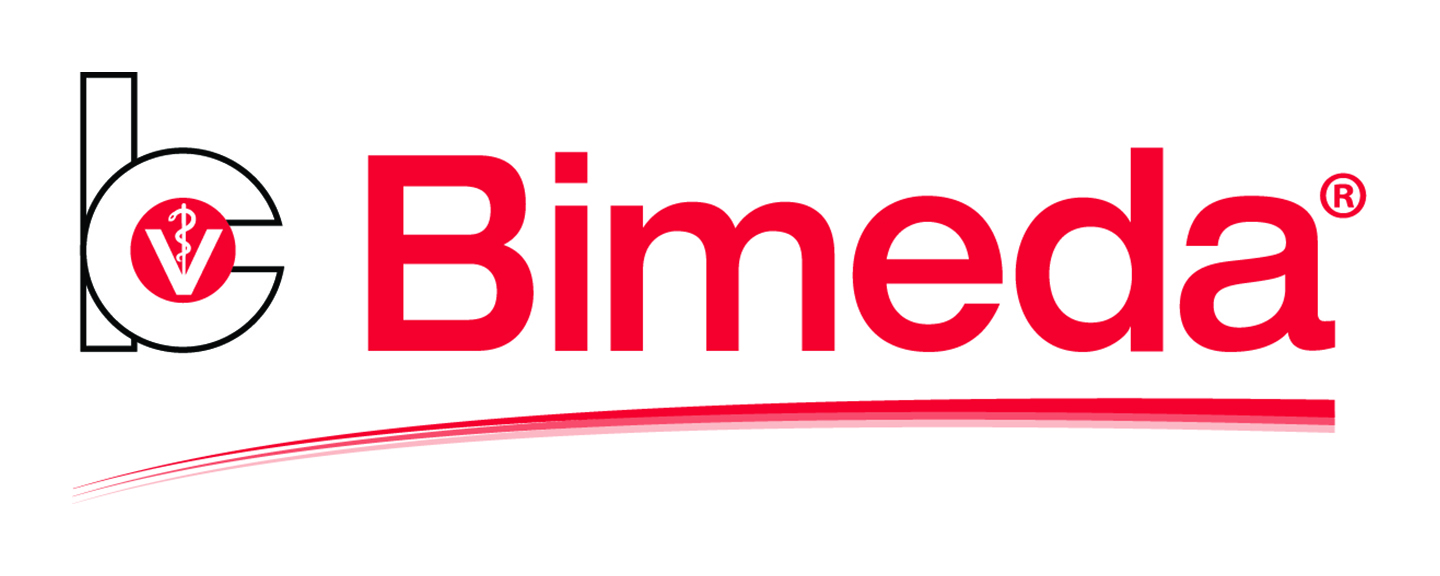

Product Ref: BIBIM29 Category: B


Royal Mail 2nd Class / Parcel Force 48
UK to UK :Normally arrives in 2-4 business days.
UK to Ireland :Normally arrives in 4-6 business days
UK to EU Countries : Normally arrives in 6-10 working days depending on where the parcel is going
Please note standered delivery is none trackable , none insured , no responsabily for lose or Damage
----------------------------------------------------------------------------------------------------------------

Royal Mail First Class / Parcel Force 24
UK to UK :Normally arrives in 1-2 business days.
UK to Ireland 3-4 business days
UK to EU Countries : Normally arrives in 6-10 working days depending on where the parcel is going
Please note :Trackable , Royal Mail insured up to £50.
--------------------------------------------------------------------------------------------------------
Parcel Force Express AM Guaranteed before Midday.
UK to UK only . UP to 5KG Max Weight
Arrives next day before 12 noon, requires a signature.
Parcel Forcel Terms & Conditions apply
Important: Parcel Force advise that there are some postcodes where an extended delivery time exists, and may affect the date of delivery or the service is not available.
| Category | POM-VPS |
| Temperature | Ambient |
| MA/VM/EU No: | 50146/4036 |
| Species |
|
| VMD Link | https://www.vmd.defra.gov.uk/ProductInformationDatabase/product/A006029 |
| NOAH Link | https://www.noahcompendium.co.uk/?id=-446850 |
| Dosage | Amounts to be administered and administration route Administer orally as a single dose rate to horses at the recommended dose level of 0.2mg ivermectin per kilogram of bodyweight. Each syringe delivers 120mg ivermectin, sufficient to treat 600kg of bodyweight. To ensure administration of a correct dose, body weight should be determined as accurately as possible. If animals are to be treated collectively rather than individually, they should be grouped according to their bodyweight and dosed accordingly, in order to avoid under- or over-dosing. This is a single use product. Discard after use. Dosing Instructions: Each weight marking on the syringe plunger will deliver sufficient paste to treat 100kg bodyweight. Unlock the knurled ring by making ¼ turn and slide the knurled ring up the plunger shaft so that the side nearest the barrel is at the prescribed weight marking. Turn the knurled ring ¼ turn to lock in place. Make sure the horse’s mouth contains no feed. Remove the plastic cap from the tip of the nozzle. Insert the syringe into the horse’s mouth at the interdental space. Advance the plunger as far as it will go, depositing the medication on the base of the tongue. Immediately raise the horse’s head for a few seconds after dosing. The treatment schedule should be based on the local epidemiological situation. Overdose Mild transitory signs (slowed pupillary light response and depression) have been seen at a dose of 1.8mg/kg (9 times the recommended dose level). Other signs seen at higher doses includes mydriasis, ataxia, tremors, stupor, coma and death. The less severe signs have been transitory. No antidote has been identified; however, symptomatic therapy may be beneficial. |
| Withdrawals | Withdrawal periods Meat and offal 34 days. Do not use in mares producing milk for human consumption. |